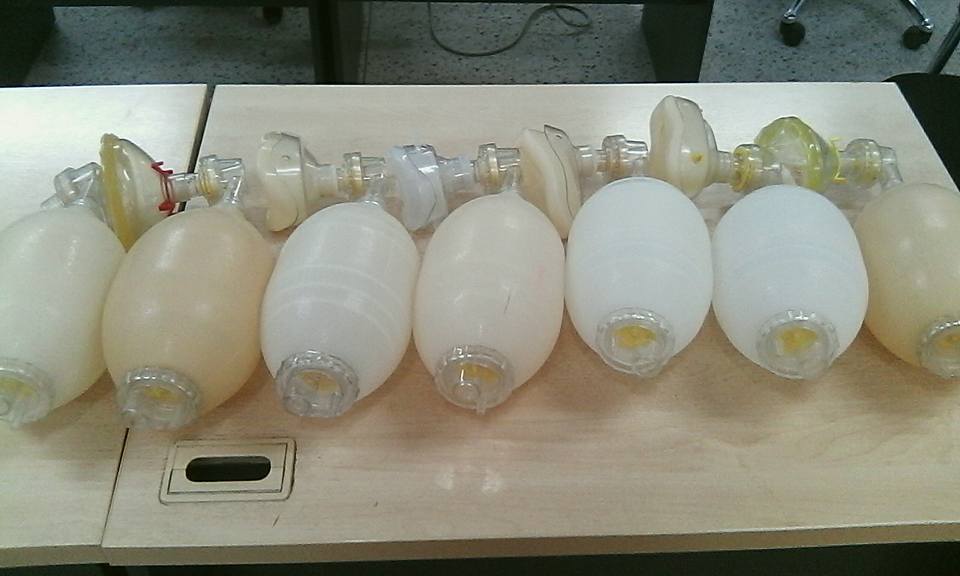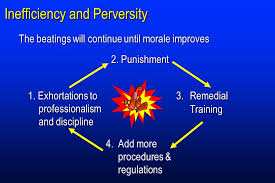You found this place by Googling my name
The “Youth of Today” have amazing resources at their finger tips and they will use them for “just-in-time” learning in ways we never considered Back In The Day.
For that reason, I expect that you got here by googling my name since I am listed as the course faculty for first semester nursing courses at Plant City.
I am sure you also found me on RateMyProfessors, and God knows where else. I have a YouTube channel, two as a matter of fact, and one is the place where I post playlists of topics related to beginner nursing students. If you go to YouTube, you will also be able to listen to some teaching videos I did related to computer resources – how I use Canvas, how we use Evolve, and the Canvas Smartphone app. We rely on the computer apps quite a bit and these videos are intended to help you get up to speed – we will also help you in person when the time comes!
“Hybrid” classes?
I want to be clear about the degree of expected student involvement for my coursework. Each section of every course at school is now listed as “traditional,” “hybrid,” or “distance.” In the course catalog, my courses are listed as “hybrid” – a confusing term. According to ACEN, the accrediting body for nursing, Hybrid implies a mixture of remote and live. ACEN also includes a definition for “Web Enhanced,” which I think is a better descriptive term. “Web Enhanced” means that we use a Learning Management System ( in this case, “Canvas”) and a full complement of computer based activities during the course. (mostly the EVOLVE package from Elsevier that goes with our main textbook).
Here is the ACEN definition of “Web Enhanced”
“Web-Enhanced/Supported Course – A course where the instruction occurs through traditional face-to-face delivery, and students are expected to attend the in-person class. The learning management system (LMS), or other web-based system, is used to support the course. Course material, such as syllabi and calendars, are generally posted for easy student access. In addition, students may also be expected to participate in web-based learning activities, such as discussion boards or learning activities posted online. In addition, an LMS, or other web-based system, is used to support the course through the posting of course materials, such as syllabi or course announcements; however, students are not required to participate in web-based learning activities.”
ACEN also has answered a specific question for us. We can fit 24 people in the actual classroom, but we have a class size of about thirty so we have needed to take turns Zooming in from a nearby classroom. Since there is proximity between the faculty and students ( all the students need to do is get up and walk about thirty feet from one class to the other), ACEN has ruled that livestreaming to an adjacent class still counts as Web Enhanced, not Hybrid. Almost every lecture in my courses has been captured by “Narrated PowerPoint” available to the students who miss the live version or wish to review the content on their laptop when reviewing for study. Even though that is available, these same PowerPoints are delivered live so as to promote discussion as we proceed. We stop to answer questions and discuss salient points. And so, “Hybrid” does not conjure up the reality of what we do or how the classes operate.
Some people who signed up for the class were surprised by how much in-person interaction there was, when we began the semester. I wish to be clear about what to expect.
The Nursing courses at Plant City are LIVE and as traditional as I can make them.
Yes, it is Web Enhanced, but – I teach Live and In Person as much as I possibly can, and any person who signs up needs to know that I expect actual attendance in the classroom to the highest degree possible. Yes, I lecture using PowerPoint. But many class activities use principles of “the flipped classroom” to maximize active involvement in learning in small groups – a proven way to master the content. I am a big believer in the value of a good group mindset where each student is personally supported by their peers. So, if you want to learn nursing in a setting where you never have to leave your house? this is not the place.
Dear Reader: I would humbly suggest that nursing is a people-oriented field. The more you interact, the better off you will be!
Note: I strongly advise that you sign up for the whole cluster of all three first-semester courses, here. It’s best if you stay with the small group format for all class days. Mixing and matching (going to more than one campus) leads to confusion in my opinion. If you take the whole cluster, you make twenty-nine friends. If you enroll in a mix-and-match from two locations? the number goes to sixty ( thirty x two = sixty) and you dilute the prospect of group bonding that is so important in professional education. Let me give a practical example: Every class includes group projects as part of the grade. If you take three classes and you needed to do three group projects wouldn’t you prefer to do each with the same group? How would you keep track of three groups composed of different members from different campuses? Also, the clinical days are done in small groups – wouldn’t you want to go to clinical with a group that you already knew from lecture class and skills lab?
Synchronous Vs Asynchronous
These are “synchronous” courses. You are expected to do the in-class activities alongside your classmates, and to submit the assignments the day they are due. If you work nights, don’t get scheduled the night before any class session (especially, NOT the night before clinical, it’s unsafe). If the class is doing a group activity, you do not have the option to skip it and snooze in the back of the room.
About Covid 19 safety
I want to emphasize that we meticulously follow all the college guidelines to limit the spread of covid19. These guidelines are published in great detail elsewhere. In the past three semesters since the beginning of the outbreak, there have been NO documented cases where a student caught the illness in my classes.
None.
Zip.
Nada.
Yes, we have had students who were exposed to it by family members, and needed to be quarantined for two weeks in the middle of the semester. Yes, we had students who actually came down with the fullblown illness. I repeat, none of these persons transmitted it to their classmates and I attribute that success to college procedures and policies. We will do whatever we can to keep it that way! We made accommodations for exposed students so they could keep up from home by focusing on the Web Enhanced learning materials from the Learning Management System.
If a class member reported as much as the sniffles or a headache, we flat-out tell them in a cheery voice to not attend class (No questions asked. No doctor’s note needed!). They screen themselves every day at breakfast time before they leave their house, but we also screen at the school. We make extensive use of computer resources and a lot of the classwork is assigned using apps you are given as part of the class. I intend to keep doing everything I can to ensure the safety of every person in the room or nearby. ( by the way, the covid vaccine is not required by the college but the Health Sciences Division is strongly urging everyone to get vaccinated).
To Learn Teamwork
The student embarking on this career choice often has a relative already working in health care. They have been told about the teamwork and collaboration that makes a successful nursing team no matter whether it’s a hospital, Long-term care facility, home health agency, or any of the other places nurses provide care. I do everything I can to promote teamwork and collective problemsolving. This is best done Live and In Person. With an in-person class, if you come early you can chat with a buddy before class starts. You learn from each other, not just the teacher and the textbook.
Being in a group of thirty
When you walk into class at the beginning, you will be with 29 strangers. In actuality, lifelong friendships are made during nursing school and you will gain the benefit of twentynine new friends along the way.
I will expand on the advantages of joining a cohort in nursing school, in a future blog.





